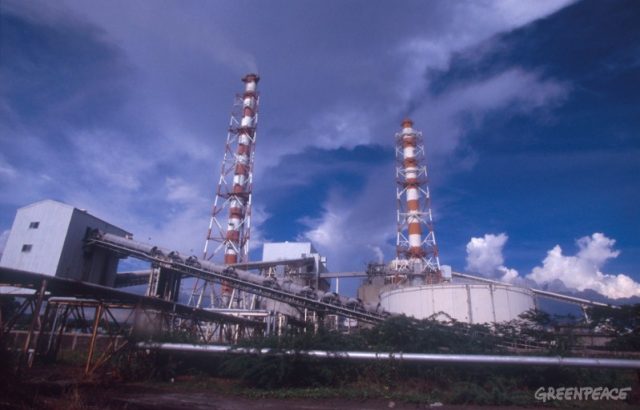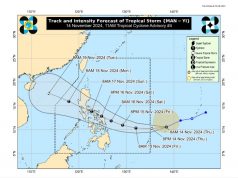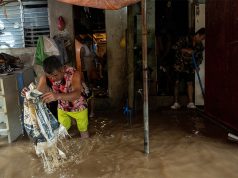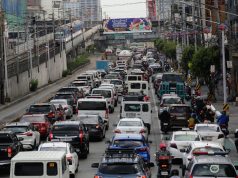Greenpeace Philippines said the reason why many cities in the Philippines ranked high in the recent Air Quality Report is because there is not enough air monitoring systems.
AirVisual World Air Quality Report in 2018 ranked 11 cities in the Philippines as among the cleanest in Southeast Asia but Khevin Yu, campaigner of Greenpeace Philippines, explained that such findings are not worth celebrating.
“The good ranking of Philippine cities in the global report is not a cause for celebration, as we have the least average number of monitoring stations per city in the region. In fact, the report highlights the urgent need for more comprehensive, governmental, real-time monitoring networks for the public to fully understand the state of air quality in the Philippines,” Yu said.
Because of inadequate air monitoring systems, the study relied only on one or two devices to monitor air in the 11 cities mentioned. The devices are not located near coal-fired power plants that are main contributors of harmful PM 2.5 pollution.
PM 2.5 refers to the particulate matter in air measuring up to 2.5 microns in size with a range of chemical compositions and sources. This is the standard used in the report to represent air pollution.
“The report therefore represents only a small fraction of the air pollution situation in the country. Given the previous alarming studies related to coal emissions, it is imperative to conduct more thorough and comprehensive research in cities near coal power plants and other sources of air pollution,” Yu said.
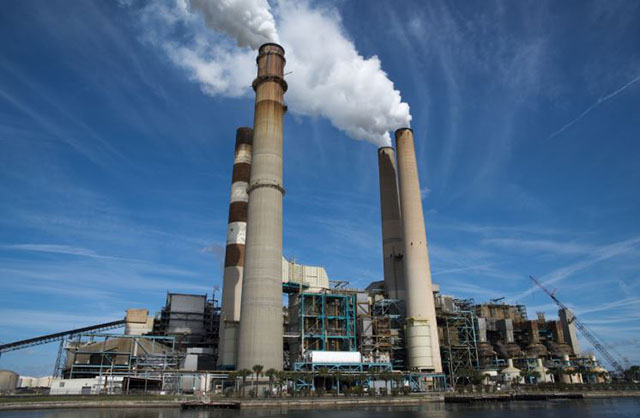
The 11 local cities considered as the cleanest in Southeast Asia are Calamba, Valenzuela, Carmona, Parañaque, Davao city, Makati, Manila, Mandaluyong, Balanga, Quezon city and Las Piñas.
Meanwhile, included in the most polluted cities list are Meycauayan city and Caloocan city.
“Anyone in the country who has been in cities and main thoroughfares of Metro Manila and Calamba knows that we have air pollution problems. As Greenpeace has done in Thailand, we are urging the Philippine government to improve our air pollution standards, and put publicly accessible monitoring systems in place for further research and legislative support to reduce pollution globally,” Yu said.
The study recognized that the air quality monitoring devices here are low cost and provided only by local organizations and concerned citizens.
“As a result of these contributions, non-governmental measurements make up approximately half of the region’s coverage here, notably within the Philippines, Thailand, and Indonesia,” it said.
The Philippines ranked poorly, however, in the world rankings.
Based on the estimated average, the country ranked 48th with a 14.6 PM2.5 concentration.
In terms of the country’s capital cities, Manila is at the 42nd spot with a 14.3 PM2.5 concentration.
Government efforts
The Clean Air Act of 1999 provides a comprehensive policy to provide clean air to Filipinos.
However, air pollution continues to worsen more than a decade since the law was enacted.
In 2018, the country has the third highest number of deaths due to air pollution, according to the World Health Organization.
The government also has yet to provide enough air monitoring systems particularly in far-flung provinces.
In 2017, the Department of Environment and Natural Resources partnered with the European Union to launch the SWITCH-Asia technical assistance program which will provide P190 million worth of financial support to build a real-time air quality monitoring system in Metro Manila.
During the same year, the agency also partnered with the Unioil Petroleum Philippines for the installation of state-of-the-art air equipment and sensors which is powered by AirVisual.

